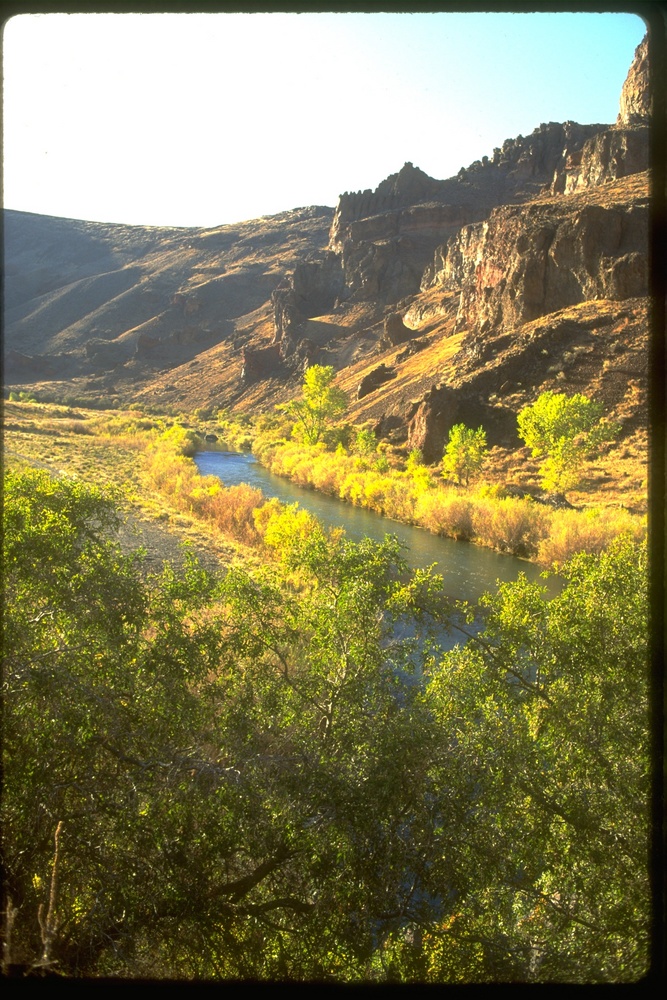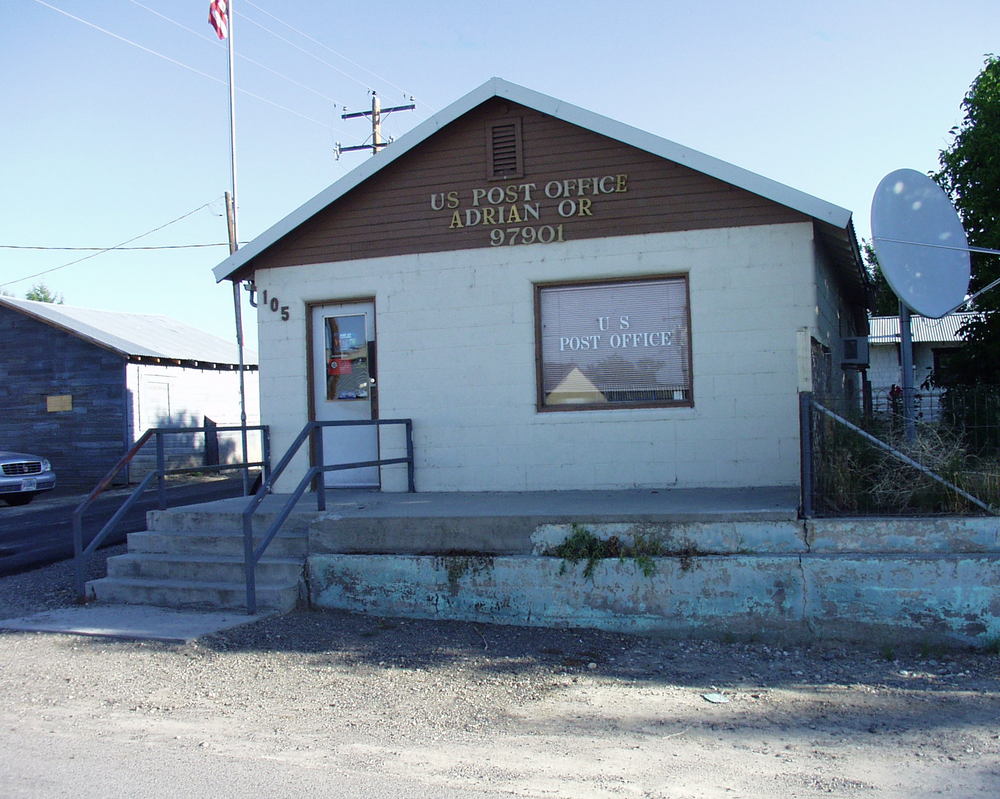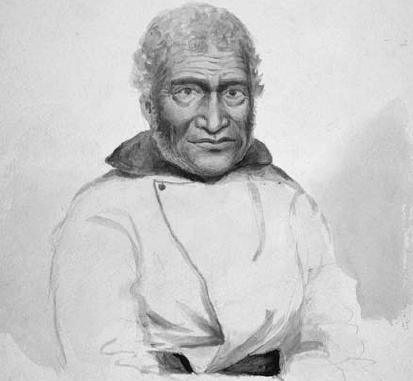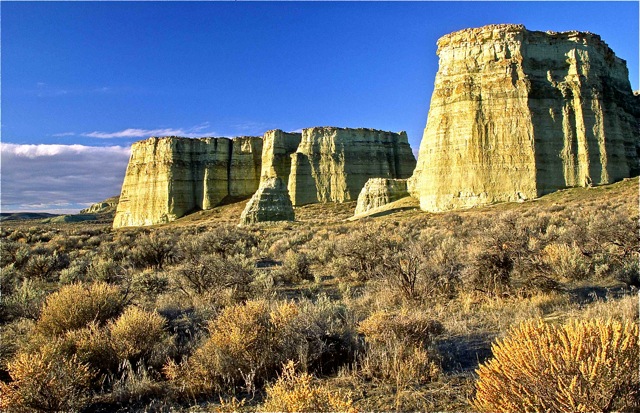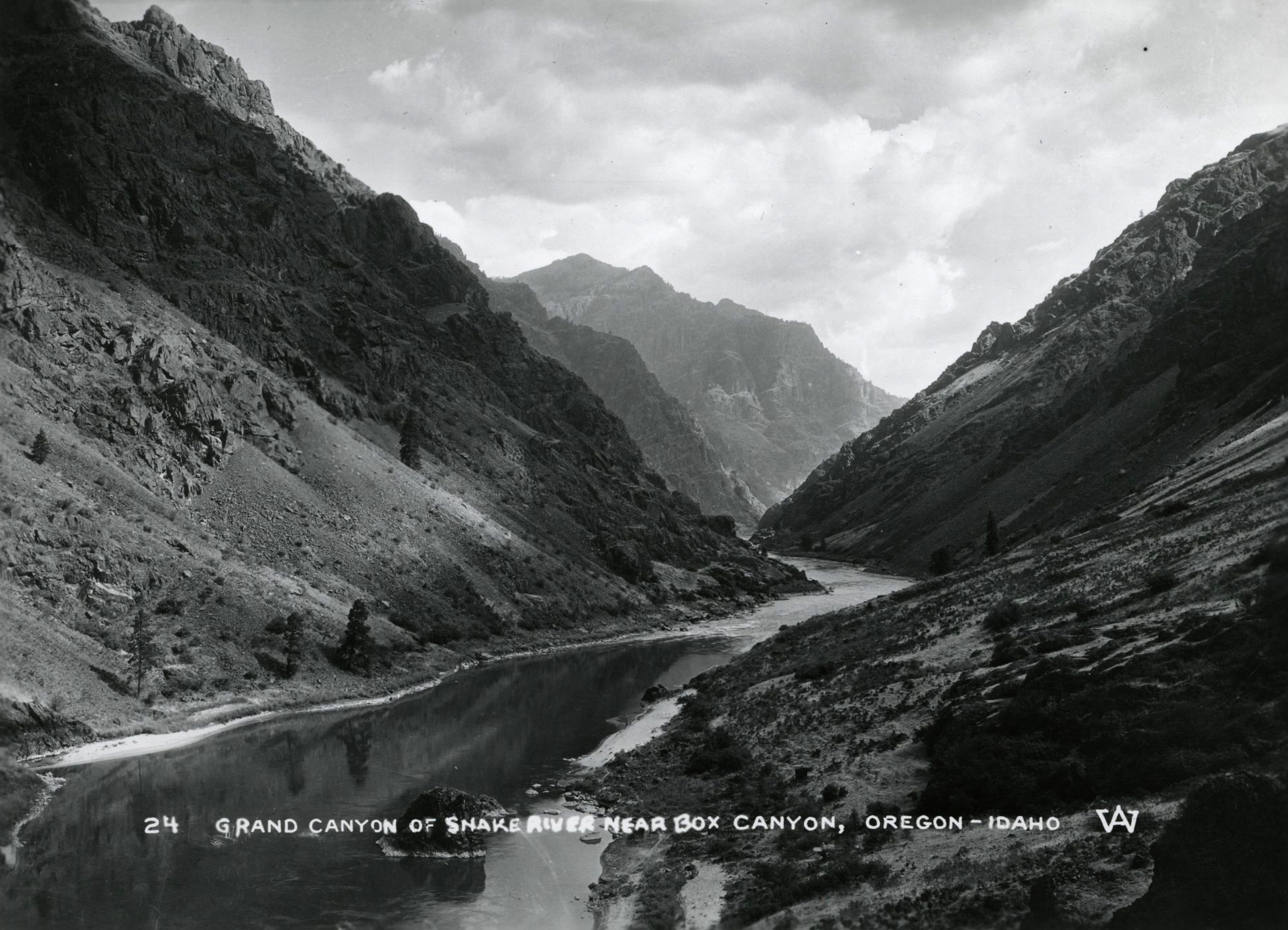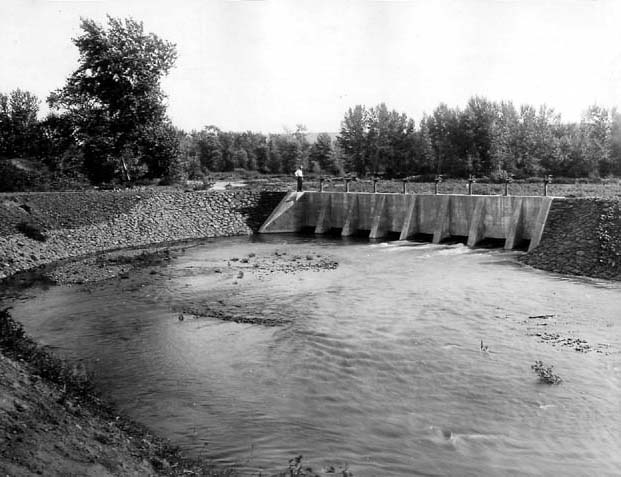The Owyhee River, in the southeastern corner of Oregon, is a 280-mile-long tributary of the Snake River. It flows northward from its Nevada headwaters through Idaho, cuts through the arid uplands of southeastern Oregon, and flows into the Snake River on the Oregon-Idaho state line near Adrian. Much of the river flows through a remote and almost unpopulated area.
In 1819, three Owyhees (Natives of the Hawaiian Islands) were detached from Donald McKenzie's Northwest Company's expedition to trap on the river. When McKenzie came back to meet them the next spring, he learned they had been killed by a band of Bannock Indians. The river and the country around it were named Owyhee for these men.
Sometimes referred to as Oregon's Grand Canyon, the river has deep and spectacular canyons that reveal 14 million years of geologic history and numerous archaeological and historical sites.The river also offers a variety of recreational activities, including whitewater rafting and kayaking, hunting, fishing, and exploring. The river canyons are home to mountain lion, bobcat, pronghorn antelope, mule deer, a variety of raptors, and the world's largest herd of California bighorn sheep. In 1984, 120 miles of the Owyhee was designated a Wild and Scenic River.
The Owyhee Dam near the river's mouth (completed in 1932) is a key feature of the U.S. Bureau of Reclamation Owyhee Project, which furnishes irrigation to a large area of eastern Oregon and southwestern Idaho. This project has allowed for the very successful cultivation of potatoes, but it has also meant the disappearance of salmon and summer steelhead from the river and its tributaries.
-
![]()
Owyhee River.
Courtesy Bureau of Land Management
Related Entries
-
![Adrian]()
Adrian
Adrian, Malheur County, is a small, incorporated town on the eastern ed…
-
![Hawaiians in the Oregon Country]()
Hawaiians in the Oregon Country
Native Hawaiians were among the earliest outsiders in present-day Orego…
-
![Owyhee Canyonlands]()
Owyhee Canyonlands
Situated in the far southeastern corner of Oregon, the Owyhee Canyonlan…
-
![Snake River]()
Snake River
The Snake River has its headwaters at an elevation of 8,200 feet on the…
-
![U.S. Bureau of Reclamation]()
U.S. Bureau of Reclamation
The U.S. Bureau of Reclamation, in the Department of the Interior, has …
Related Historical Records
Map This on the Oregon History WayFinder
The Oregon History Wayfinder is an interactive map that identifies significant places, people, and events in Oregon history.
Further Reading
Bannan, Jan Gumprecht. Oregon State Parks: A Complete Recreation Guide. Seattle: The Mountaineers Books, 2002.
Oregon Native Fish Status Report.
"Owyhee River." Oregon Natural Desert Association. http://www.onda.org/protecting-wildlife-and-clean-water/wild-and-scenic-rivers/owyhee-river

